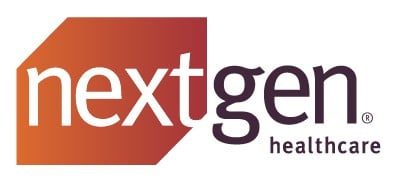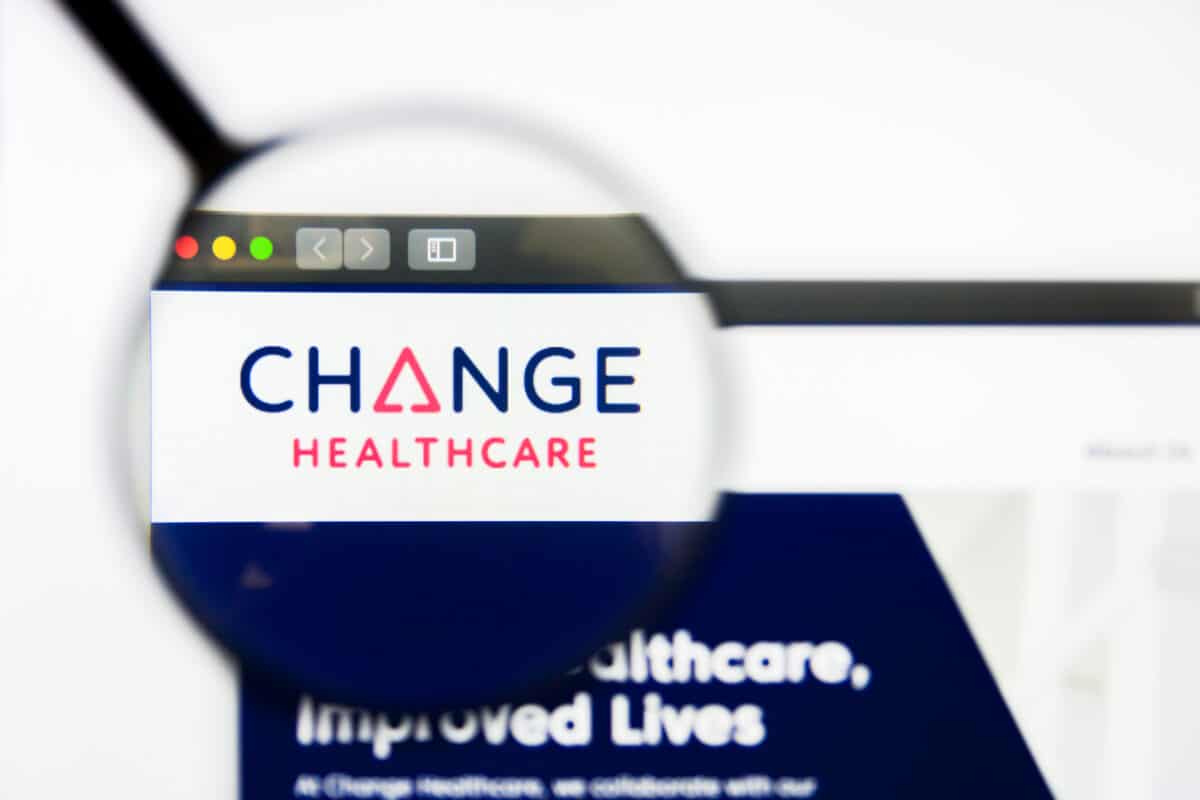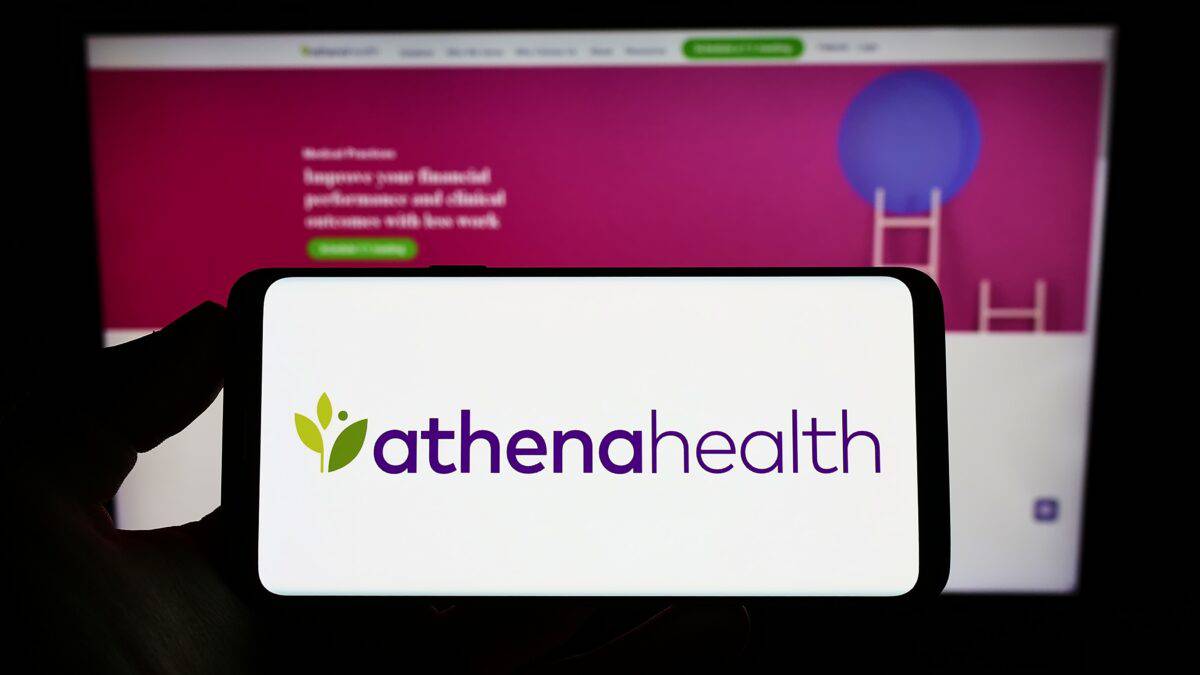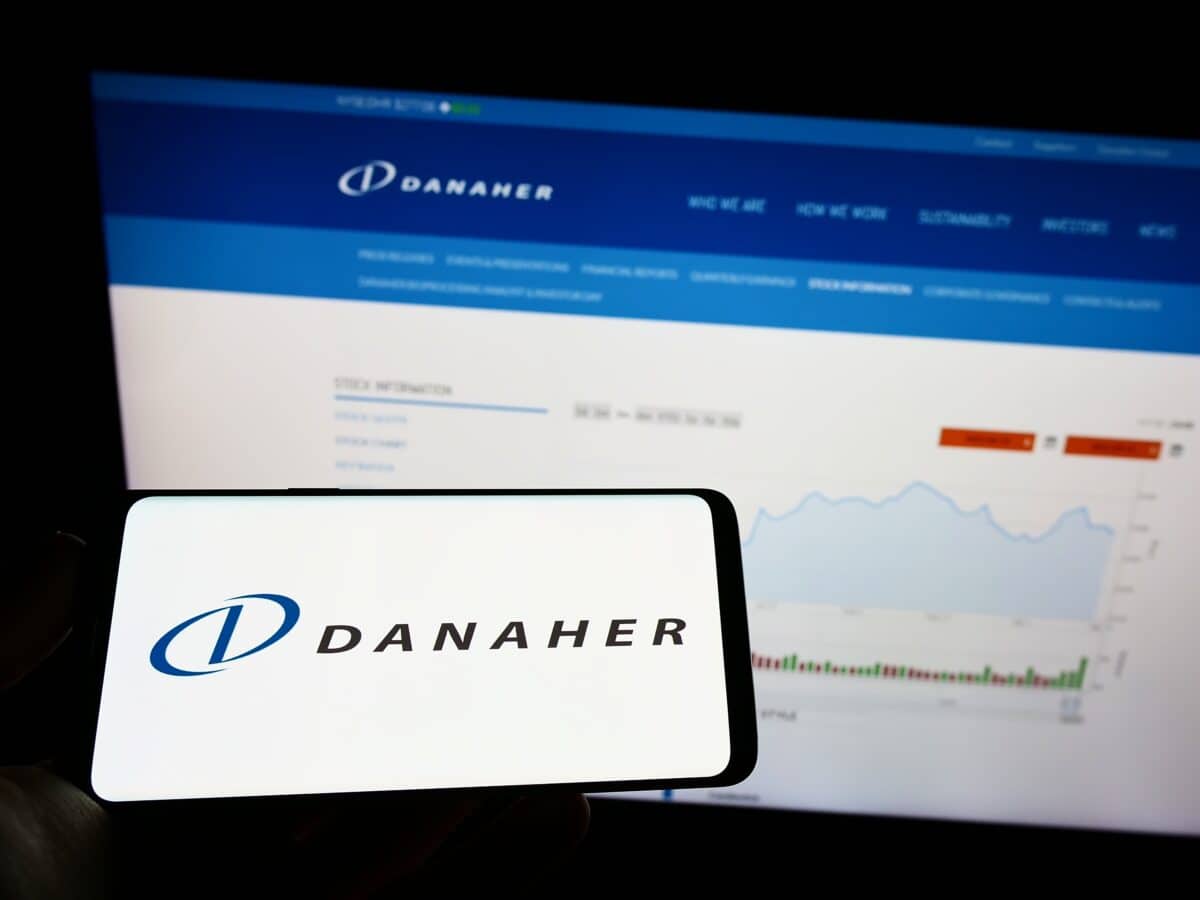The use of information and communications technology to provide digital health interventions is not a novel concept. It enhances the quality of life. Despite worldwide issues related to child illness, mortality, aging, and pandemics, digital health platforms and related technology continue to innovate and expand in significance.
What Is Digital Health?
Using digital health means more than just using gadgets and apps. It also sees the promise of more consumer-focused, preventative care as being centered on artificial intelligence (AI), interoperable data, and secure platforms.
New developments in areas such as artificial intelligence, big data, robots, and machine learning have far-reaching effects on the digital healthcare industry. In addition, the digital healthcare landscape is always shifting, spurring innovation in areas such as robotic caregivers, ingestible sensors, and remote monitoring tools and apps.
To some extent, government health insurance schemes, such as the Affordable Care Act, have also spurred innovations in digital health. The goals of the Affordable Care Act (ACA) include using technology to enhance healthcare in ways that were not possible during the original rollout.
It relies heavily on healthcare informatics, which is the use of computers and data to enhance medical care and the health of patients. Because of this, medical experts can evaluate novel programs, search for ways to enhance healthcare, and incorporate cutting-edge scientific discoveries.
The COVID Impact
The digital health industry is booming around the world, and projections show it might be worth $660 billion by 2025. That is mainly because the COVID-19 pandemic added more fuel to the fire of change, speeding up the already rapid digital transformation in healthcare.
Forrester Research found that remote patient monitoring tools, telehealth systems, and online symptom checkers were the most influential COVID-19 innovations.
Quite interestingly, North America holds a disproportionately large share of the worldwide digital health industry. That is mainly because of the aging population, widespread smartphone use, and a drive to lower healthcare costs through the creation of apps and digital healthcare platforms.
Influx of Capital
Nevertheless, the year 2020 will go down in history as the best year ever for digital health because of the massive influx of capital. As more and more businesses and organizations entered the digital age, investments from corporations, venture capital firms, and even the government increased to help them thrive.
And it is no surprise that telemedicine has benefited from the shift in healthcare philosophy. More and more people are interested in receiving medical treatment without leaving the comfort of their own homes.
Because of all these factors, the digital health market is growing at an exponential rate, with research suggesting that the sector is likely to have a growth rate of 27.9% between 2020 and 2027. This means you will only see digital health companies bag big profits. But, who are the largest players in the industry now? To find out, we’ve ranked them by their annual revenue.
#10: Vantage Health – US $49.9 million
Vantage Health was established in 2004 and has since helped community physicians provide personalized, local, and compassionate care to their patients in nine different areas of New York City.
Essentially, Vantage Health is an e-health company whose artificial intelligence platform, Rego, is revolutionizing the outpatient referral procedure. As a result, doctors can make better use of available healthcare resources by diverting patients to community programs (like food banks) rather than hospitals.
Because of budget and capacity constraints, it is crucial that only the most critically ill patients be admitted to hospitals. With the increased danger of COVID-19 transmission in large gatherings, this is of paramount importance. Rego is one way that Vantage Health helps reduce stress and anxiety in healthcare facilities.
Specialized Staff
Today, Vantage Health’s large staff features award-winning doctors who are recognized as pioneers in their disciplines, including specialists in urology, surgery, radiation oncology, and hematology who have worked in their respective fields for many years.
At the core of its work is digital transformation. It employs it through the provision of solutions that combine professional knowledge with cutting-edge technology.
This helps the company deliver timely and accurate data to those who need it most to save lives. Annual sales for Vantage Health Plan come in at $49.9 million.
Vantage Health Plan employs 921 people, and each one brings in an average of $54,134 in income. At its highest point in 2021, Vantage Health Plan brought in $49.9 million.
#9: NextGen Healthcare – US $159.44 million

©NextGen Healthcare Inc’s creative team, CC BY-SA 4.0 <https://creativecommons.org/licenses/by-sa/4.0>, via Wikimedia Commons – Original / License
Headquartered in Atlanta, NextGen Healthcare is one of the fastest-growing American providers of healthcare IT solutions. It is a software development and healthcare IT services company specializing in EHR and practice management solutions. In fact, the company offers a wide variety of services and solutions, including:
- Patient engagement,
- Revenue cycle management,
- Electronic health records (EHR),
- Population health management,
- Medical billing.
Acquisitions
The company spent over $125 million on strategic acquisitions, which truly helped it expand its reach in the global market. It acquired Medfusion in 1996 for US $43 million.
Similarly, it acquired Topaz Information Solutions in 2000. Some of its recent acquisitions include Entrada for US $34 million, EagleDream Health for US $26 million, and Otto Health for US $22 million.
With $580 million in revenue in 2016, NextGen Healthcare ranked among the top healthcare technology businesses worldwide. It witnessed some ups and downs through the years, but still managed to earn US $159.44 million in revenue in 2022.
#8: Change Healthcare – US $843.4 million

©Pavel Kapysh/Shutterstock.com
The company is headquartered in Nashville, Tennessee, but there are more than 89 Change Healthcare locations across the United States, Canada, Israel, New Zealand, the United Kingdom, and Taiwan.
A leader in healthcare IT, Change Healthcare specializes in RCM, PM, and HIE (health information exchange) services. The company develops solutions for healthcare system stakeholders (providers, payers, and patients) with a particular emphasis on value-based care.
Change Healthcare services help resolve various problems related to:
- Increased patient access to personal data,
- Payment accuracy,
- Network management,
- Claims administration,
- Customer engagement.
Key Areas
In fact, AI-driven, universally compatible products cover every subset of the clinical industry. But, essentially, the company excels in three areas:
- Network Solutions: Through its Intelligent Healthcare Network, Change Healthcare provides its clients access to nearly all commercial and government payers. Customers also get access to roughly 60,000 pharmacies, 117,000 dentists, 800,000 doctors, 5,500 hospitals, nearly 400 vendors, and 600 laboratories.
- Software and Data Analytics: The clinical workflow, financial performance, value-based payment, clinical decision management, and patient engagement instruments are all part of this platform.
- Technology-Enabled Services: This division provides administrative and financial management, communication, pharmacy benefits administration, value-based care, and consulting services for the healthcare industry.
Acquisitions and Investments
There have been seven acquisitions and two investments made by Change Healthcare. The total cost of the company’s purchases is more than $421 million. In addition to Healthcare IT and Pharmacy IT, Change Healthcare has also made investments in Enterprise Resource Planning and other areas.
Some of its notable acquisitions include The Sentinel Group (a software vendor), Future Vision Investment (a provider of electronic data processing services), EquiClaim (a provider of healthcare audit), and Caprio (a provider of cloud-based healthcare).
Quarterly sales for the corporation dropped by $6.3 million as a result of the spread of COVID-19. However, following a year of decline, the corporation eventually made a comeback, with quarterly revenue of $843.4 million, up 0.8% over the same period in the previous year.
#7: Athenahealth Inc – US $1.2 billion

©T. Schneider/Shutterstock.com
Founded in 1997, Athena Health is one of the largest digital health companies, operating from Watertown, Massachusetts. Nearly 115,000 healthcare providers are currently utilizing athenahealth’s applications.
Presently, it has around 5,000 people spread across six locations in the United States and three locations in India. The company competes alongside Greenway Health, eClinicalWorks, and Practice Fusion, among others, in the ambulatory care market’s electronic health record (EHR) vendor elite.
The company offers a variety of services related to:
- EHR systems,
- Cloud-based practice management systems,
- Mobile point-of-care applications.
Essentially, the company offers a suite of software that helps with patient management, billing, medical records, and care coordination across networks.
Acquisitions
Athena Health has expanded into the market for small and medium hospitals through a series of well-planned mergers and acquisitions (M&A). In 2015, the company purchased RazorInsights, an EHR provider for smaller hospitals.
It struck a partnership with Beth Israel Deaconess Medical Center (BIDMC) and its well-known CIO, John Halamka, M.D., to modify BIDMC’s custom EHR for facilities with 50-100 beds.
In the health information technology field, Bush, CEO of Athena Health is something of a celebrity. He has been vocal about his belief that government control of health IT has hampered growth and quality. He also publicly talked about the benefits of cloud computing and the refusal of large EHR manufacturers to make their systems interoperable.
Software Solutions
The company offers a variety of healthcare software solutions, including the following:
- athenaClinicals: It is an electronic medical records (EMR) system that can be accessed from anywhere, making it ideal for community health management and care coordination.
- athenaCollector: It is a cloud-based medical office administration, claims-processing, and revenue cycle management platform.
- athenaCommunicator: It offers self-scheduling tools, a patient portal, live operator support, and automated messaging as part of its patient engagement scheduling system.
Besides these basic healthcare software solutions, the company also has other offerings, including athenaCoordinator, athenahealth Population Health, and athenaOne Analytics. With all these services, the company has a market cap of $5.48 billion.
Athenahealth brings in about $1.2 billion yearly, with a revenue-per-employee ratio of $203,349. In 2021, Athenahealth’s top sales reached $1.2 billion.
#6: Infor – US $3.2 billion

©monticello/Shutterstock.com
When it comes to corporate cloud software for firms in niche markets, Infor is unrivaled. It creates comprehensive cloud-based industry suites with a focus on data science, user experience, and seamless system integration. As of 2017, the company had more than 15,000 workers and 90,000.
Although it has a smaller market share than SAP and Oracle, most analysts place it in a virtual tie for third or fourth position with Microsoft as an ERP vendor. Hook and Loop, Infor’s in-house software design and development lab, was established in 2012 with the express purpose of enhancing the user experience (UX) of all Infor-created software. This really helped it establish a name for itself.
Acquisitions
Originally started as Agilsys, the company went on an extensive multi-year buying binge in its early days, acquiring companies such as Lilly Software (the creators of VISUAL), GEAC, and MAPICS, all of which provide enterprise resource planning software.
In 2004, Agilsys rebranded as Infor Global Solutions. Later in 2006, it acquired SSA Global, a company that had previously acquired several different ERP companies. Infor’s biggest acquisition to date was Lawson Software in 2011, which cost $2 billion and gave the company a foothold in the healthcare and government sectors.
Maintenance
As a result of these acquisitions, the company markets and provides maintenance for a wide variety of enterprise resource planning (ERP) systems and other business applications, such as:
- Product lifecycle management,
- Monetary management,
- Performance evaluation,
- CRM,
- Human resources,
- Supply chain management.
Its enterprise asset management (EAM) software has also established itself as a market leader in the rapidly expanding EAM area. It is possible to get a variety of Infor solutions in hybrid cloud, on-premises, and software-as-a-service (SaaS) flavors.
Infor is a privately held company, so it is not required to disclose its financial results. But, quite recently, the company’s management team signaled their satisfaction with the company’s recovery strategy and its rapid cloud expansion at a briefing with the press and analysts earlier this month. Data suggests that Infor made at least US $3.2 billion in revenue in 2019.
#5: Cerner Corporation – US $5.5 billion

©monticello/Shutterstock.com
Located in North Kansas City, Missouri, Cerner Corp. offers a wide variety of health information technology, such as medical hardware, software, and EHR. Although it is best recognized for its electronic health record (EHR) services, the corporation is increasingly allocating resources to population health management.
Cerner markets a wide range of healthcare solutions to acute care hospitals, outpatient clinics, and nursing homes. Some of these include the following:
- Cerner Millennium: It is the company’s electronic health records platform, so any doctor or hospital can get instant access to a patient’s medical history.
- Cerner PowerChart: It is an electronic health record (EHR) with e-prescribing and a patient portal for streamlined clinical operations.
- PowerChart Touch: The web-based app is designed to help doctors examine patient records on the go.
- Cerner CareTracker: It serves as a point-of-care documentation system for nursing homes and other similar facilities.
Cerner joined the CommonWell Health Alliance, a nonprofit organization, in 2013. Its mission is to establish standards to foster data interoperability between rival electronic health record (EHR) systems.
Cerner is not the only company that helped establish CommonWell Health Alliance. Greenway Medical Technologies, athenahealth Inc., Allscripts, and McKesson Corp are some other notable mentions here.
Because of its innovative digital health offerings and strategic acquisitions, Cerner has always managed to be on top of things. In 2020, more than five hundred million patient contacts and almost one hundred million patient members took advantage of the company’s learning health network. In the same year, the company reported US $5.5 billion in revenue and a net income of $780.1 million.
#4: Johnson & Johnson – US $23.7 billion

©Ascannio/Shutterstock.com
The American company Johnson & Johnson was established in 1886 in New Brunswick. It is an industry leader in healthcare technology with a particular focus on improving people’s health and fitness around the world. Today, the company offers healthcare services in areas, such as:
- Orthopedics,
- Interventional solutions,
- Vision,
- Surgery.
Johnson & Johnson is a conglomerate that consists of 250 separate entities. Its subsidiaries are located in 60 different countries and its products are sold in over 175 different nations. Some of its subsidiaries include:
- Cerenovus,
- Biosense Webster,
- Acclarent,
- Ethicon,
- DePuy Synthes,
- Acuvue.
Acquisitions
So far, Johnson & Johnson has invested in 22 companies and acquired 45 others. The total cost of the company’s acquisitions is more than $87.94 billion. Some of the most notable acquisitions include Actelion for US $30 billion, Momenta for US $6.50 billion, and Auris Health for US $5.80 billion.
Some of the most recent acquisitions include Taris Biomedical and Verb Surgical. With all these acquisitions and high-quality services, the company earned US $23.7 billion in revenue for the quarter ending September 30, 2022, with a net profit margin of 18.74%.
#3: Siemens Healthineers AG – US $23.24 billion

©testing/Shutterstock.com
Headquartered in Germany, Siemens Healthineers AG produces medical equipment. It actually serves as a medical technology company involved in the development and production of various products. The company has a global reach, with offices in the US, Europe, Africa, the Middle East, and Asia.
It designs and distributes diagnostic imaging systems, systems for minimally invasive procedures, and clinical systems and solutions. Some of its major products include:
- X-ray products,
- Molecular imaging systems,
- Computed tomography systems,
- Ultrasound systems,
- POC testing systems,
- Hybrid ORs,
- Mobile C-arms,
- Angiography systems.
Acquisitions
Siemens Healthineers expanded its reach to the global markets by acquiring various prominent players in the industry. It paid $16.4 billion for Varian Medical Systems in 2020, making it the company’s largest acquisition to date.
Acquisitions were made by Siemens Healthineers in two distinct American states, whereas healthcare services (50%) and medical products (50%) are two of the Company’s primary markets. The company reported a TTM revenue of US $23.24 billion as of the most recent reporting period.
#2: Danaher Corporation – US $29.45 billion

©T. Schneider/Shutterstock.com
Established in the USA in 1969, Danaher Corporation has expanded to employ over 80,000 people. More than twenty separate companies are part of the corporation, all of which are engaged in some aspect of medical or life science diagnosis, remediation, or application.
The company offers a variety of health services through three main platforms, including:
- Diagnostics,
- Life Sciences,
- Environmental and Applied Solutions.
Videojet and Integrated DNA Technologies (IDT) are two of the company’s most well-known technological endeavors. Products made by IDT are used in diagnostic testing for cancer and infectious disorders.
Moreover, IDT aids in the creation of crop types that are resilient to things like pest infestations, drought, and disease. Furthermore, several initiatives using IDT products investigate the function of bacteria in controlling greenhouse gases.
Acquisitions
Danaher has expanded extensively through mergers and acquisitions throughout the years. Since 1984, the company has undertaken more than 400 acquisitions to expand and strengthen its presence in its prioritized market niches.
The company acquired Beckman Coulter Inc., a medical diagnostics producer, for $5.87 billion in 2011. In 2014, it also acquired a then-leading provider of dental implants, Nobel Biocare Services AG, for $2.2 billion. Both of these acquisitions expanded its medical technologies reach.
Danaher’s moves in both of these areas quickly elevated the company to the forefront of its respective subsectors within the healthcare technology industry. In 2020, Danaher’s annual sales were $22.284 billion, up 24.42% from the year before.
With an increase of 5.06% over 2018, Danaher’s yearly revenue in 2019 totaled $17.911 billion. With its innovative solutions and high-quality services, the company managed to earn US $29.45 billion in revenue in 2021.
#1: 3M Healthcare – US $34.762 billion

©askarim/Shutterstock.com
When it comes to healthcare information technology, 3M HIS is at the forefront of the movement from volume to value. Providers, clinicians, and payers benefit from 3M’s Health Information Systems. With up-to-the-moment direction and precise documentation, it aims to close the loop between clinical care and revenue integrity.
The company helps its clients to cut costs and improve the quality of treatments using its automated and user-friendly software, which is designed specifically for:
- Clinical documentation integrity (CDI),
- Computer-assisted coding (CAC),
- Performance Monitoring.
For 3M, forming strategic alliances has always been an important aspect of its growth plan. In order to improve the administration of pharmaceuticals to the central nervous system, Impel NeuroPharma Inc. and 3M Drug Delivery Systems formed a strategic agreement in 2015.
This alliance is focused on developing Impel’s Precision Olfactory Delivery (POD) technology and truly helped it expand its business portfolio. In 2021, 3M’s healthcare sales grossed over $8 billion. For the twelve months ending September 30, 2022, 3M reported US $34.762 billion in revenue.
Summary of the 10 Largest Digital Healthcare Companies
| RANK | COMPANY | REVENUE |
|---|---|---|
| #1 | 3M Healthcare | 34.7 Billion |
| #2 | Danaher Corporation | 29.4 Billion |
| #3 | Siemens Healthineers AG | 23.2 Billion |
| #4 | Johnson & Johnson | 23.7 Billion |
| $5 | Cerner Corporation | 5.5 Billion |
| #6 | Infor | 3.2 Billion |
| #7 | Athena Health Inc. | 1.2 Billion |
| #8 | Change Healthcare | 843 Million |
| #9 | NextGen Healthcare | 159 Million |
| #10 | Vantage Health | 49 Million |
Up Next
- The Largest Biotechnology Companies In The World, And What They Do
- The 10 Largest Information Technology (IT) Companies In The World, And What They Do
- What’s the Next Big Thing in Technology? 10 Predictions From the Experts
The image featured at the top of this post is ©everything possible/Shutterstock.com.







